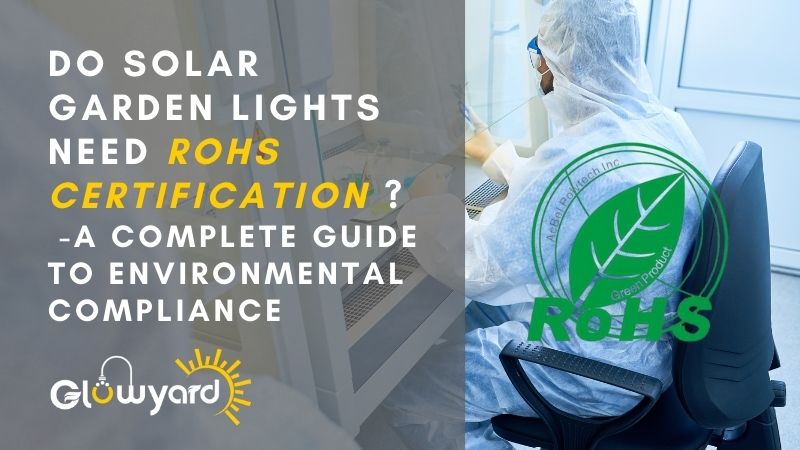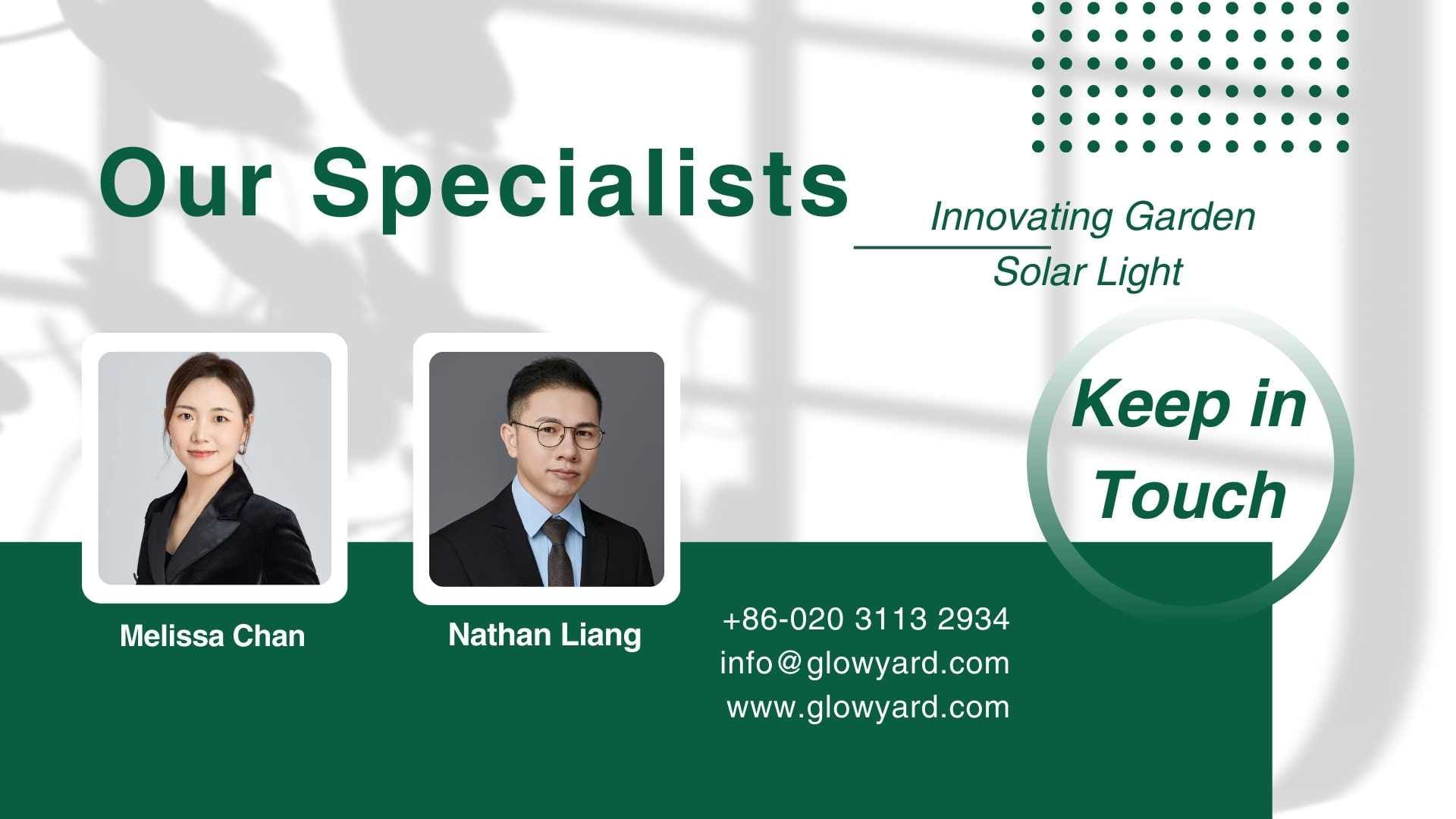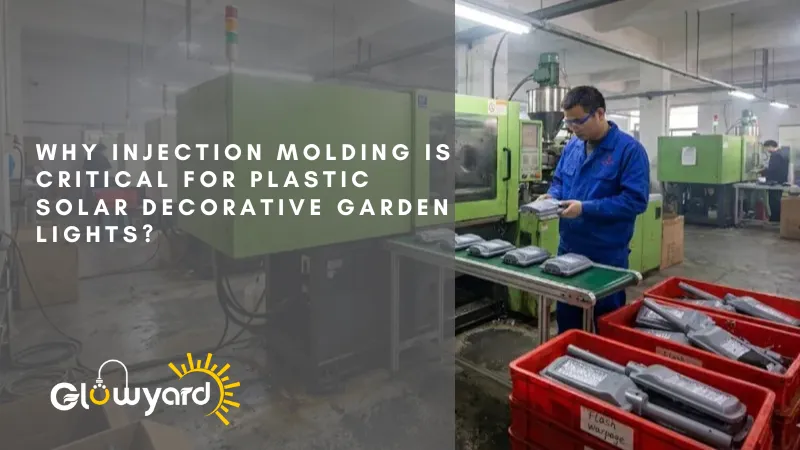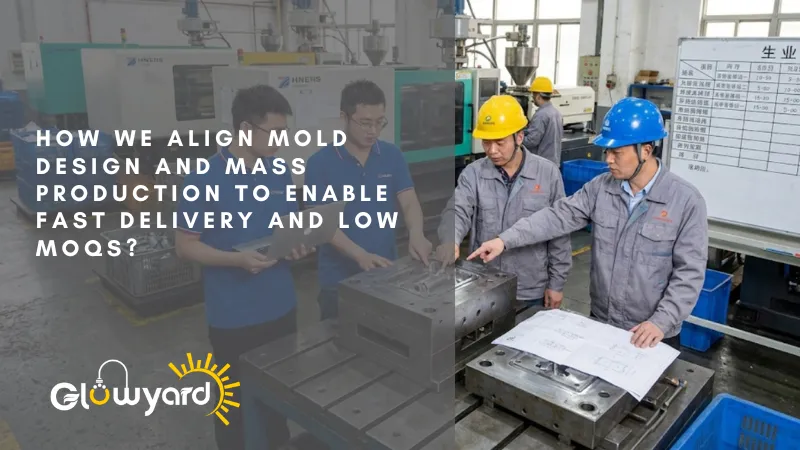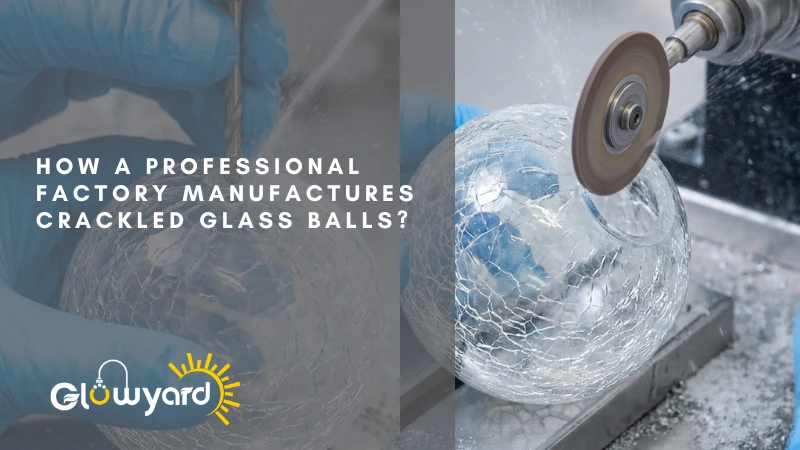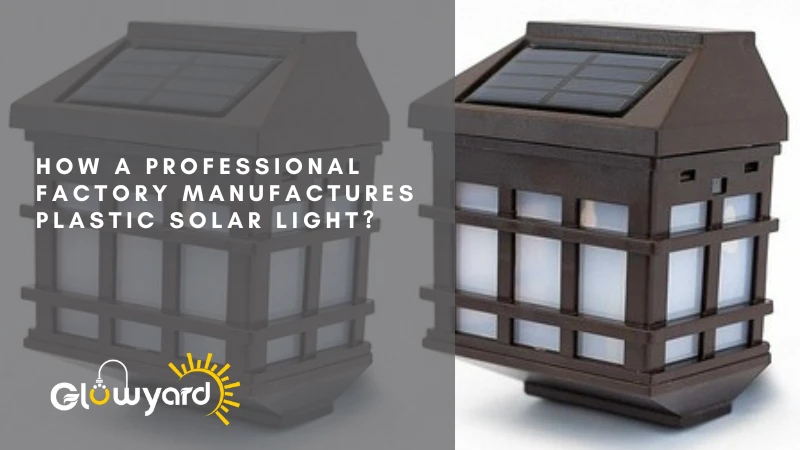Do Solar Garden Lights Need RoHS Certification? A Complete Guide to Environmental Compliance
As a manufacturer with over 10 years of experience designing and producing solar garden lights, we understand this product category better than most. At Glowyard, every light we ship is not only designed for visual impact but also goes through strict safety and compliance testing. We know what it takes to make a garden light beautiful, functional—and fully RoHS compliant.
Yes, solar garden lights often fall under RoHS regulations due to their electronic components. Understanding RoHS helps avoid legal risks and ensures safer, greener products.
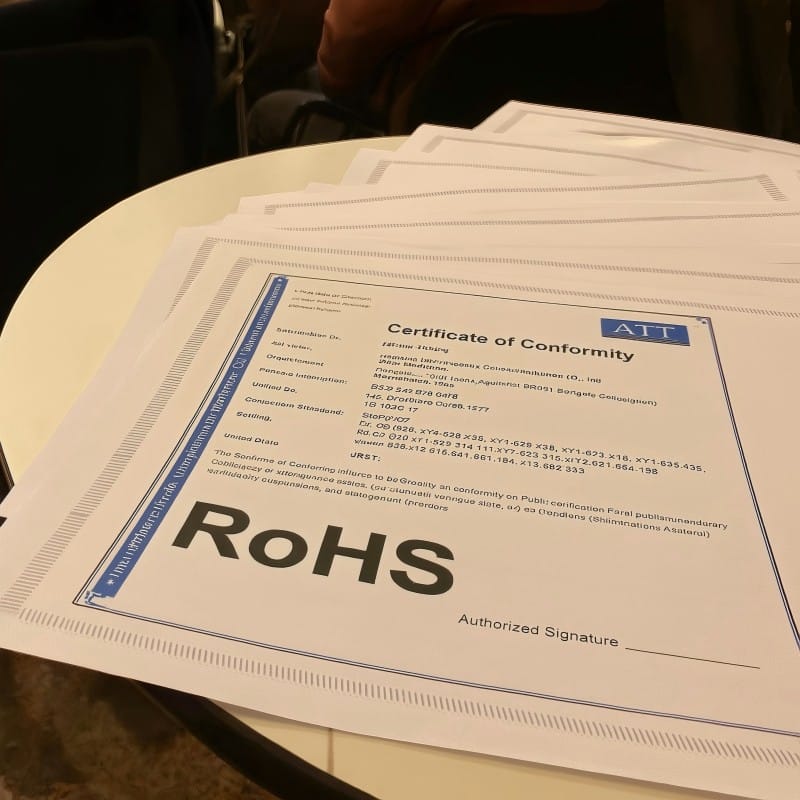
RoHS Certificate of Conformity document
RoHS certification isn’t just a technical formality—it’s a safeguard for the environment and for your business. In this article, I’ll break down everything you need to know about RoHS compliance for solar garden lights.
What is RoHS Certification and Why is It Important for Electronic Products?
More than just a stamp—RoHS shapes how electronics are made and sold across the globe.
RoHS stands for Restriction of Hazardous Substances, a European directive banning harmful chemicals in electronics to protect human health and the planet.
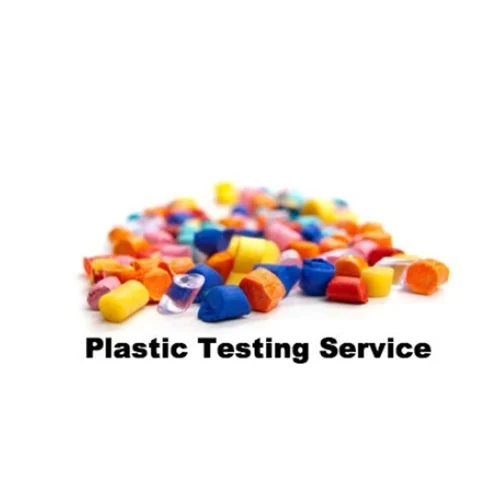
plastic-material
Understanding RoHS in Detail
- Full Name: Restriction of Hazardous Substances Directive (2002/95/EC, revised in 2011 as 2011/65/EU and updated as RoHS 3).
- Goal: Eliminate six key hazardous materials from electrical and electronic products.
- Banned Substances Include:
| Substance | Limit (by weight) |
|---|---|
| Lead (Pb) | 0.1% |
| Mercury (Hg) | 0.1% |
| Cadmium (Cd) | 0.01% |
| Hexavalent Chromium (Cr6+) | 0.1% |
| PBBs and PBDEs (flame retardants) | 0.1% each |
These materials are toxic and pose long-term risks to both people and ecosystems when disposed of improperly. RoHS makes products safer and facilitates global trade by setting a universal standard.
Recommended post for reading: What Certifications Are Required for Exporting High-Quality Solar Garden Lights?
Are Solar Garden Lights Covered Under RoHS?
They might look decorative, but solar garden lights contain electronics—and that changes everything.
Yes, solar garden lights typically fall within RoHS scope due to their internal electrical components like LEDs, batteries, and PCBs.
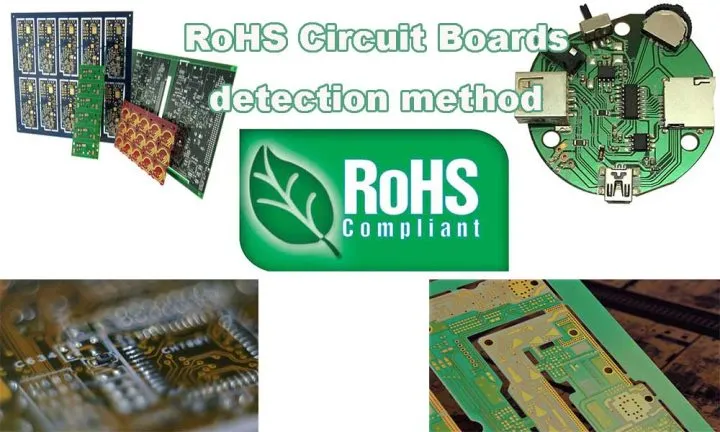
RoHS Circuit Boards detection
Why They Qualify as Electronic Equipment
- RoHS applies to EEE (Electrical and Electronic Equipment) in categories such as lighting, IT, and household appliances.
- Solar garden lights often contain:
| Component | Description |
|---|---|
| LED Bulbs | Emit light using electronic circuits |
| Rechargeable Batteries | Store solar energy, often lithium-based |
| Solar Panels | Convert sunlight into electricity |
| PCBs & Controllers | Manage power distribution and auto-sensing |
Each of these components qualifies the product as EEE. Therefore, your solar garden light supplier must ensure every material used in these parts is RoHS-compliant.
How to Verify RoHS Certification for Solar Garden Lights?
Don’t take a supplier’s word for it—ask for proof and know where to look.
Check for proper RoHS labeling, request supporting documents, and verify authenticity through reliable databases or third-party labs.

RoHS labeling
Spotting Real Compliance
- RoHS Labeling: Look for the CE mark accompanied by “RoHS” or “RoHS Compliant.”
- Documents to Request:
| Document Type | Purpose |
|---|---|
| Declaration of Conformity (DoC) | States compliance with RoHS directive |
| Third-party Test Reports | Show results from lab-tested product samples |
| Material Composition List | Breaks down chemical content by component |
- Where to Verify:
- Use public compliance databases (like UL Prospector).
- Ask if the lab used is accredited (e.g., SGS, TUV, Intertek).
Full RoHS Testing Process for Solar Garden Lights
At Glowyard, we follow a standardized process to ensure every component used in our solar lights meets RoHS regulations. Here’s what a typical RoHS testing procedure looks like:
-
Product Breakdown and Sampling
- Disassemble the solar garden light into its individual components: LED chips, battery cells, PCBs, wires, connectors, solar panels, etc.
- Choose representative samples from each material type.
-
XRF (X-ray Fluorescence) Screening
- Conduct a non-destructive XRF test to quickly identify if any restricted substances like lead or cadmium exceed safe thresholds.
- If any materials show suspicious levels, they move to detailed chemical analysis.
-
Wet Chemical Testing (ICP-OES or AAS)
- For high-precision verification, materials are digested using acid and tested with Inductively Coupled Plasma Optical Emission Spectrometry (ICP-OES) or Atomic Absorption Spectrometry (AAS).
- Confirms exact concentrations of regulated substances.
-
Document Review & Traceability Check
- Confirm the entire supply chain’s material compliance using supplier declarations, MSDS, and internal part numbers.
-
Final Compliance Report & DoC Issuance
- Compile a full test report, signed and stamped by an accredited lab.
- Prepare a Declaration of Conformity aligned with EN 50581 or EN IEC 63000 standards.
| Step | Purpose |
|---|---|
| XRF Screening | Fast detection of restricted substances |
| Chemical Testing | Laboratory verification of specific content |
| Document Audit | Supply chain validation |
| Final Report & DoC | Official proof of RoHS compliance |
This multi-step process ensures every product we deliver is compliant, safe, and ready for global markets.
What Are the Risks of Using Non-RoHS Compliant Garden Solar Lights?
Non-compliance isn’t just unethical—it can hurt your brand, your customers, and the planet.
Products that fail RoHS standards can cause toxic waste, health issues, and lead to legal consequences, especially in Europe.

Brand-Damage
Key Dangers of Non-Compliance
- Environmental Risks: Improper disposal of non-compliant lights leads to soil and water contamination due to mercury or lead.
- Health Risks: Exposure to banned substances can affect lungs, kidneys, and neurological health.
- Legal Risks:
- Fines and product recalls.
- Customs clearance issues in the EU and U.S.
- Brand damage and loss of customer trust.
What Should You Watch Out for When Buying RoHS-Compliant Solar Lights?
Smart procurement starts with smart questions and careful checking.
Always verify documentation, avoid outdated labels, and source from certified suppliers to ensure real RoHS compliance.
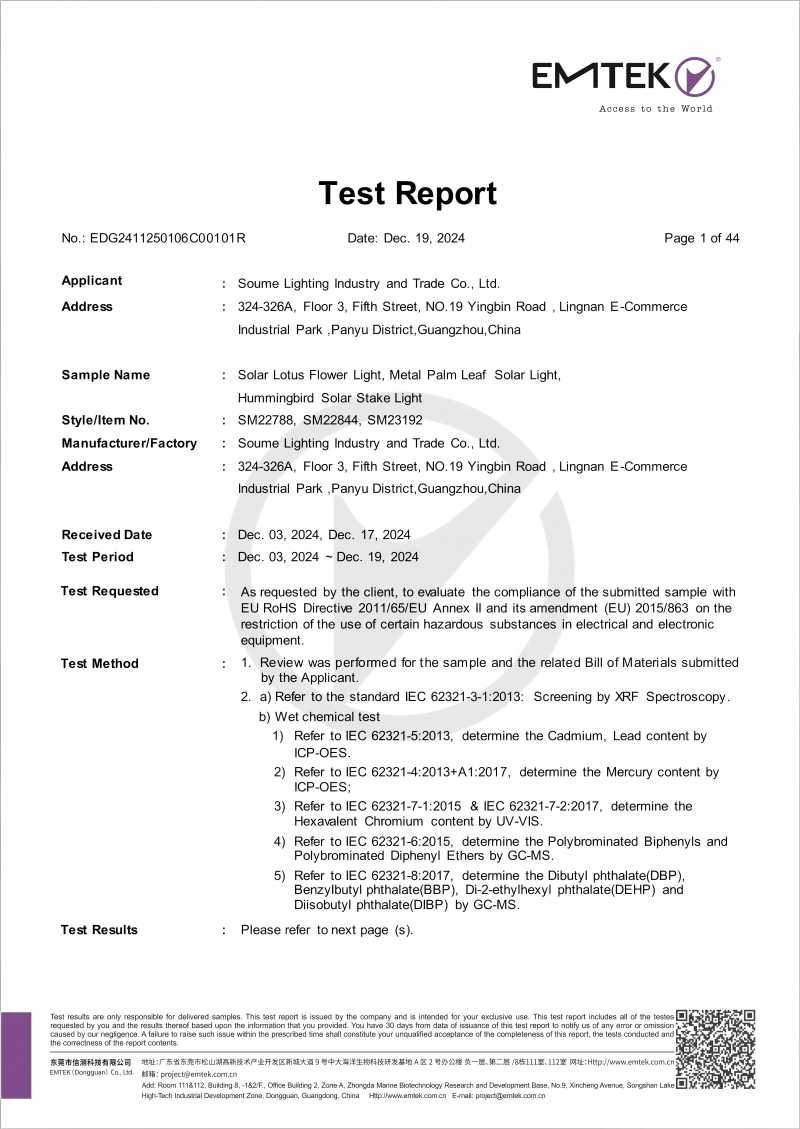
Rohs Certificate for Solar Light
Buyer’s Checklist
-
Spot Fake Certifications:
- Cross-check dates and serial numbers.
- Ensure lab credentials are valid and recognized.
-
Other Certifications to Consider:
- REACH: Covers a wider range of chemical safety.
- CE: Mandatory for sales in the European Economic Area.
- ISO 9001 / 14001: Signals quality and environmental management.
-
Safe Sourcing Channels:
| Channel | RoHS Compliance Reliability |
|---|---|
| Direct Factory (e.g. Glowyard) | ✅ High – Controlled production & documentation |
| Trade Shows | ✅ Moderate – Ask for samples and test reports |
| B2B Platforms (Alibaba, Made-in-China) | ⚠ Varies – Always verify credentials |
At Glowyard, we provide full compliance documentation for every solar garden light we produce. With 300+ unique models and a strong OEM/ODM track record, we’re trusted by major buyers worldwide to deliver eco-compliant, innovative lighting solutions.
Conclusion
RoHS isn’t optional—it’s essential. It protects our world, ensures legal trade, and shows your commitment to sustainable business.
Looking for reliable, RoHS-certified solar garden lights? Glowyard offers over 300 tested models designed for easy installation, aesthetic appeal, and full environmental compliance. Let us help you light up the future—safely and beautifully.
If you’re a outdoor lighting distributor, retailer or brand owner who is looking for a certified & trusted solar garden lights manufacturer, feel free to reach out. We offer:
- Free samples for qualified buyers
- OEM & ODM for solar garden lights
- Full pre-shipment QC and warranty support
📩 Contact us today for the latest catalog and exclusive B2B offers.

Glowyard new solar garden light product launch with creative outdoor designs

